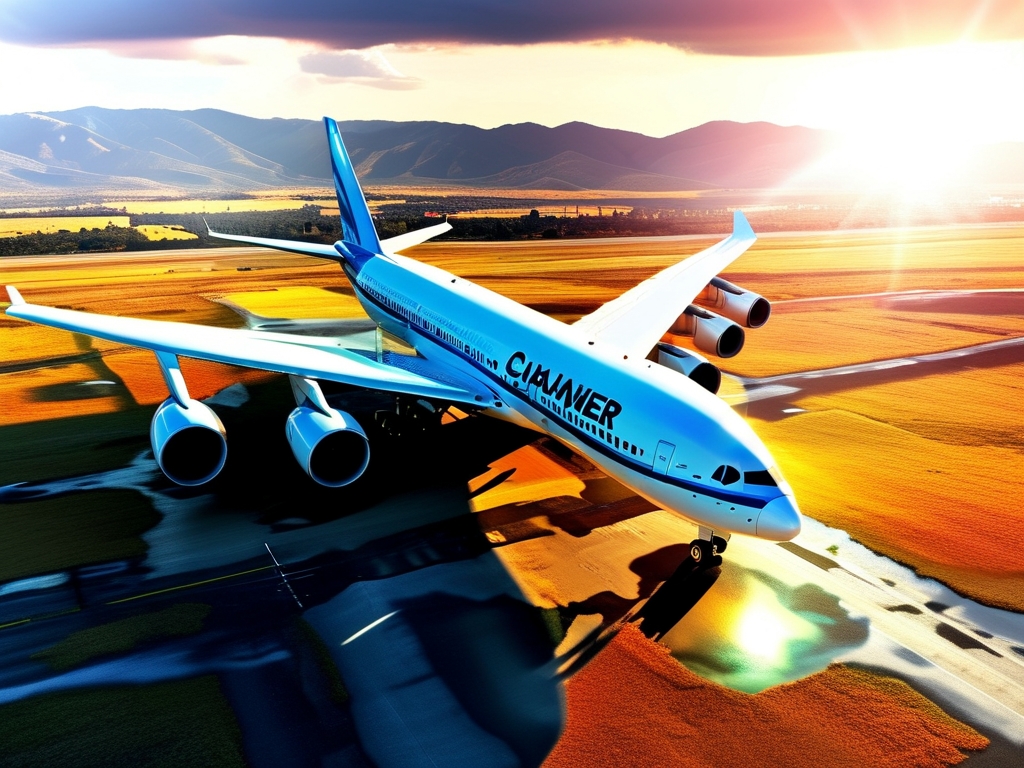The rapid evolution of aviation technology has made modern aircraft increasingly reliant on sophisticated computer systems. From flight control to navigation, communication, and engine management, these systems demand robust computational power. A critical yet often overlooked aspect of this infrastructure is memory requirements. How much memory do aircraft computers actually need? This article explores the complexities of memory allocation in aviation systems, the factors influencing these requirements, and the future trends shaping this field.

1. The Role of Computers in Modern Aircraft
Modern aircraft, whether commercial airliners or military jets, rely on integrated modular avionics (IMA) systems. These computers handle tasks such as:
- Flight Control: Autopilot, stability augmentation, and fly-by-wire systems.
- Navigation: GPS integration, terrain mapping, and collision avoidance.
- Engine Management: Monitoring fuel efficiency, thrust optimization, and diagnostics.
- Communication: Data links between the aircraft, ground control, and other planes.
Each subsystem requires dedicated processing power and memory to ensure real-time performance and reliability.
2. Memory Types in Aviation Computers
Aircraft computers utilize two primary types of memory:
- RAM (Random Access Memory): Used for temporary data storage during active operations.
- ROM (Read-Only Memory): Stores permanent software, such as firmware and critical algorithms.
Unlike consumer electronics, aviation systems prioritize deterministic performance and fault tolerance over raw speed. This means memory must be optimized for stability, even in extreme conditions like temperature fluctuations or electromagnetic interference.
3. Memory Requirements by System
Flight Management Systems (FMS)
The FMS is the "brain" of an aircraft, managing route planning, fuel calculations, and performance data. A typical FMS requires 128 MB to 512 MB of RAM, depending on the aircraft’s complexity. For example, a Boeing 787’s FMS uses approximately 256 MB to handle its advanced algorithms and real-time data processing.
Full Authority Digital Engine Control (FADEC)
FADEC systems, which manage engine performance, use 16 MB to 64 MB of ROM to store control algorithms and 32 MB to 128 MB of RAM for real-time sensor data. These systems prioritize redundancy, often duplicating memory modules to prevent single-point failures.
Avionics Displays
Modern glass cockpits feature high-resolution screens that require 1 GB to 4 GB of RAM to render 3D maps, weather radar, and synthetic vision systems. These displays must process data from multiple sources without lag, necessitating higher memory capacity.
4. Factors Influencing Memory Needs
- Real-Time Processing: Systems like autopilot require instantaneous responses, demanding low-latency memory.
- Redundancy: Critical systems often duplicate memory to ensure fail-safe operation.
- Software Complexity: Advanced algorithms for machine learning (e.g., predictive maintenance) increase memory demands.
- Regulatory Standards: Aviation authorities like the FAA mandate rigorous testing, which can limit the use of cutting-edge but unproven memory technologies.
5. Case Study: The Airbus A350 vs. Legacy Aircraft
The Airbus A350, a next-generation aircraft, uses IMA platforms that consolidate multiple functions into centralized computers. Its avionics suite requires 8–16 GB of total memory, shared across subsystems. In contrast, older aircraft like the Boeing 737 Classic rely on distributed systems with individual modules using 4–8 MB of memory each. This shift highlights the industry’s move toward centralized, high-memory architectures.
6. Future Trends and Challenges
- AI and Machine Learning: Predictive maintenance and autonomous flight systems will exponentially increase memory needs.
- Edge Computing: Processing data onboard (e.g., for engine health monitoring) reduces reliance on ground systems but requires more RAM.
- Quantum-Resistant Encryption: Future communication systems may need specialized memory to handle advanced cybersecurity protocols.
7. Balancing Cost and Performance
Aircraft manufacturers face a delicate trade-off: adding memory improves capability but increases weight, power consumption, and cost. For instance, 1 kg of additional avionics hardware can cost up to \$10,000 in fuel expenses over a plane’s lifespan. Thus, optimizing memory efficiency remains a top priority.
8.
The memory requirements of aircraft computers vary widely, from a few megabytes in legacy systems to multi-gigabyte setups in next-gen planes. As aviation embraces AI, connectivity, and autonomy, memory demands will continue to grow. However, the industry’s focus on safety, redundancy, and regulatory compliance ensures that these advancements will be implemented cautiously. Understanding these requirements is key to appreciating the invisible yet vital role of computer systems in keeping flights safe and efficient.



